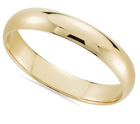 There are a lot of curious American wedding traditions but in this article, we're going to talk about the engagement ring, the wedding dress, the veil, and the bridal bouquet. Let’s find out their value to American culture and look at these items throughout history. For example, do you know how a typical American bride looked like during the wartime, Jazz Age, Great Depression, and other significant periods for the US? What accessories did they use? How did the style of wedding gowns, bouquets, and veils change with time? That’s what we’re going to talk about below.
There are a lot of curious American wedding traditions but in this article, we're going to talk about the engagement ring, the wedding dress, the veil, and the bridal bouquet. Let’s find out their value to American culture and look at these items throughout history. For example, do you know how a typical American bride looked like during the wartime, Jazz Age, Great Depression, and other significant periods for the US? What accessories did they use? How did the style of wedding gowns, bouquets, and veils change with time? That’s what we’re going to talk about below.
The engagement ring
Engagement rings did not arrive until the 1800s and it was a discovery of the South African diamond mines, combined with huge influx of newly mined gold, which led to availability of gold and diamond wedding rings.
The wedding ring symbolizes eternity, a circle with no end and no beginning. It is used to honor love, mark engagement, and seal a bargain.
Later in the 1920s, manufacturers and retail jewelers tried to launch the concept of men’s engagement rings, which did not go through.
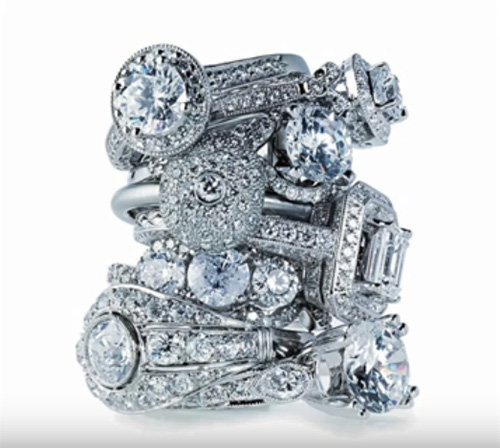
The public demand for diamonds, understandably, declined during World War I and even more so in the Depression. In 1938, De Beers, the diamond company, kicked off a campaign to reignite public interest and the rare gem. Later in the 1940s, engagement rings became the leading line in most department stores and became very popular.
In the 50s, De Beers company advertised the slogan “Diamonds are forever”. The middle class was able to afford these rings. The slogan was a hit. And the 1950s post-war modern era is still known by the large diamonds in use and large diamond clusters.
Today, the diamond engagement ring is a symbol of commitment made between two people and their intention to become husband and wife. It should be noted that the engagement ring is not always diamond. Today's rings can be of any stone the couple finds attractive.
The wedding dress
The wedding dress symbolizes purity – this was made popular in the 1840s by Queen Victoria, who chose white gown instead of the traditional royal silver wedding dress. Prior to this, brides simply wore the best dress on their wedding day.
The traditional wedding dress was very embroidered and pouffy. But the Jazz Age in the 1920s entered a new, brightest aesthetic: waistlines and necklines dropped and a more streamlined silhouette took hold. Gowns featured ornate beading and embroidery.
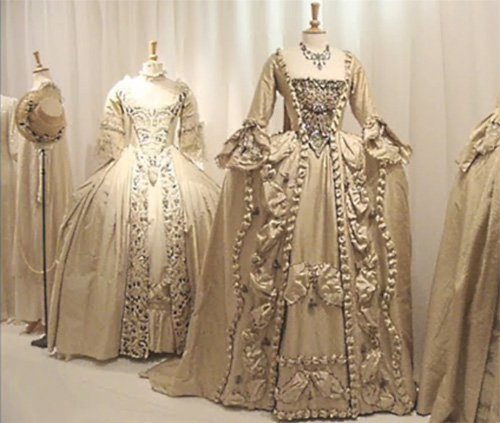
Then in the 1930s, the Depression era, bridal dresses were often made of rayon – due to the affordability compared to silk. Because of the economic hardships of this time period, many brides opted to wear the nicest dress in their wardrobe (which was often floral-patterned, calf-length dress) or chose a style of dress that could be dyed after the wedding any worn again.
In the 1940s, gowns typically featured rounded shoulders, gathered sleeves, corseted waist, and padded hips.
And then in the 1950s, dresses had shorter hemlines and sweetheart necklines. They focused on their shoes more than their dress.
Today, brides wear wedding gowns of all colors. It truly has become a matter of personal preference. However, the most popular choices are white and ivory.
The bridal veil
In the old times, the bride wore a veil to cover her face so the evil spirits would not know she was the bride.
In the 1920s, brides preferred their favorite Juliet headdresses for their veils.
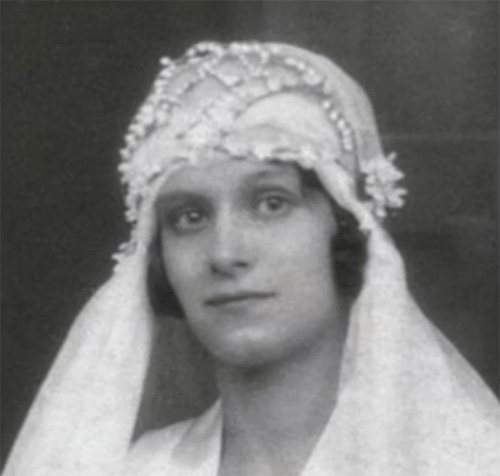
Later in the 1930s, hats were a headpiece of choice for many brides, rather than the traditional veils.
In the 1940s and also 50s, brides chose simple veils.
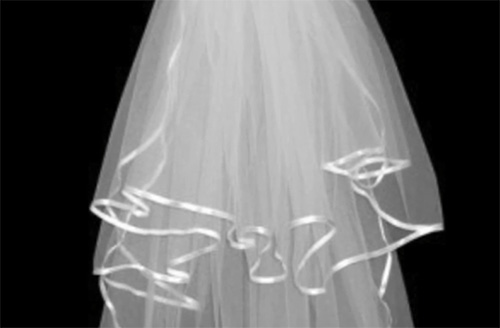
Many couples today still honor these customs, but use the veil to hide the bride's face until it is revealed to their groom.
The bridal bouquet
In the 1800s, the bridal bouquet would have herbs and spices instead of flowers. It was believed that these strongly aromatic plants would wear off evil spirits intent of possessing the bride.
In the 20s, the bouquets were larger than life and then in the 30s, the average-sized wedding bouquet remains simple; calla lilies became very popular. They symbolized the arts and crafts era.
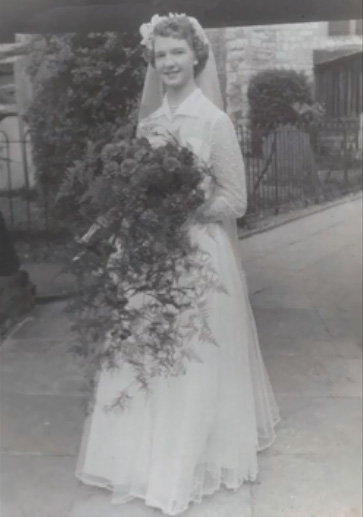
The 40s were the time of wartime weddings, so bouquets were borrowed flowers from gardens.
Then in the 50s, big was definitely beautiful, so brides used large bouquets packed full of flowers. Most bouquets were made using seasonal flowers.
Now, brides pick their flowers in the variety of lovely colors and shapes. They choose lovely blooms that suit their personality and bridal gown, and their own style and taste.
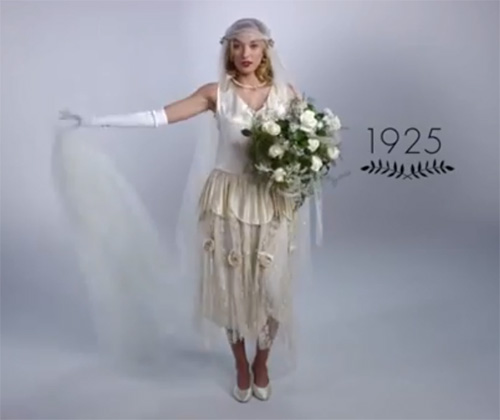
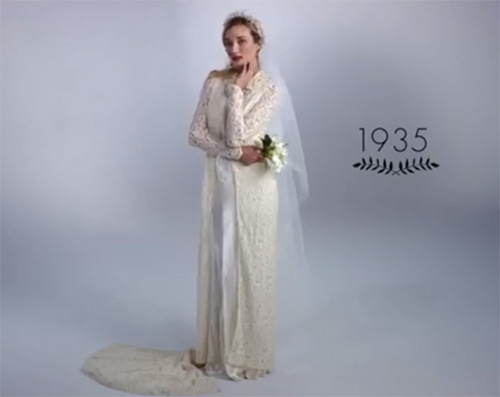
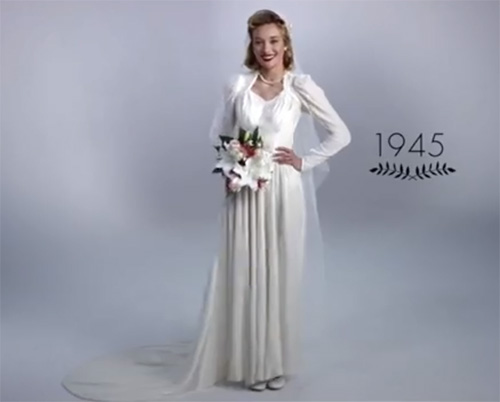
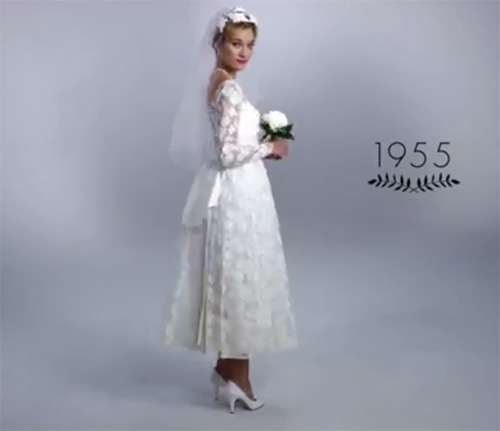
(c)
